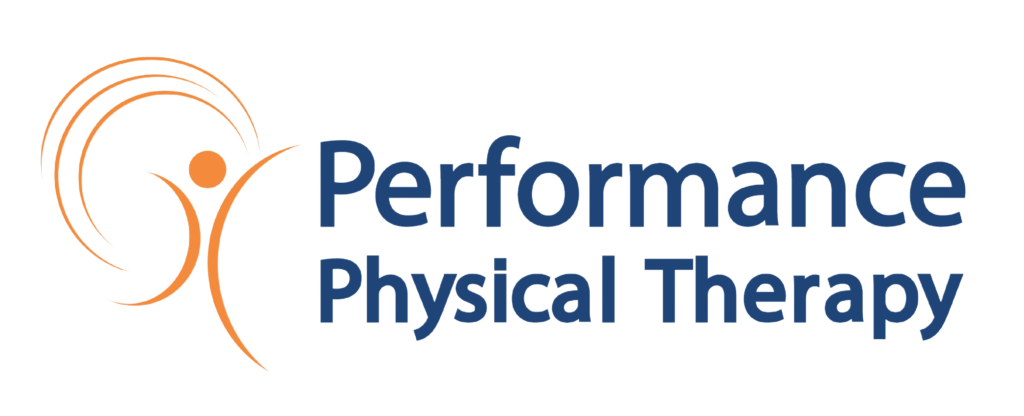Osteoporosis is a condition that weakens bones, making them more fragile and prone to fractures. While medications are commonly prescribed, many people prefer natural methods to strengthen bones and slow bone loss. The good news? You can treat osteoporosis without medication by focusing on osteoporosis exercises, physical therapy, and lifestyle changes.
In this guide, we’ll explore how to treat osteoporosis without medication, including:
- The best osteoporosis exercises to strengthen bones
- The role of physical therapy for osteoporosis
- How to recognize osteoporosis signs and symptoms
- The connection between osteoporosis and teeth symptoms
Let’s get started!
What is Osteoporosis? Signs and Symptoms You Shouldn’t Ignore
Osteoporosis occurs when bones lose density faster than the body can replace it. Over time, this leads to weak, brittle bones that are prone to fractures.
Osteoporosis Signs and Symptoms
Recognizing early signs can help prevent severe complications. According to the Mayo Clinic, osteoporosis is often called a “silent disease” because many people don’t realize they have it until they break a bone.
Common symptoms include:
- Back Pain – Caused by spinal compression fractures.
- Height Loss – Due to bone weakening in the spine.
- Frequent Fractures – Even minor falls can result in broken bones.
- Posture Changes – A hunched or stooped back is a late-stage symptom.
- Osteoporosis Teeth Symptoms – Weak jawbones can lead to loose teeth, gum recession, and difficulty chewing.
If you notice these symptoms, it’s time to take action!

How to Treat Osteoporosis Without Medication
Treating osteoporosis naturally involves exercise, physical therapy, and proper nutrition. Here’s how you can build stronger bones without relying on medication:
1. Osteoporosis Exercises for Bone Strength
Regular physical activity is one of the best ways to manage osteoporosis. The right osteoporosis exercises can help increase bone density and reduce fracture risk.
Weight-Bearing Exercises
These exercises stimulate bone growth by making your body work against gravity:
- Walking – A simple, low-impact way to strengthen bones.
- Dancing – Great for bone health and balance.
- Hiking – Adds resistance to your workout.

Strength Training & Resistance Exercises
Lifting weights improves both muscle and bone strength. Harvard Health recommends the following
Light Weightlifting – Helps stimulate bone formation.
Resistance Bands – A gentle way to improve bone density.
Bodyweight Exercises – Squats, lunges, and push-ups promote bone health.
Balance & Posture Exercises
Since osteoporosis increases the risk of falls, these exercises are crucial:
Yoga – Enhances balance and flexibility.
Tai Chi – Improves coordination and prevents falls.
Tip: Avoid high-impact activities (like running and jumping) that may increase the risk of fractures.
2. The Role of Physical Therapy for Osteoporosis
If you’re struggling with osteoporosis, physical therapy for osteoporosis can make a huge difference. A trained physical therapist can:
✔ Improve Your Posture – Prevents spinal fractures and back pain.
✔ Increase Strength & Stability – Helps prevent falls and injuries.
✔ Develop a Personalized Exercise Plan – Tailored workouts for your specific needs.
According to the American Physical Therapy Association (APTA), physical therapy can help patients improve mobility, regain balance, and build strength without the use of medication.
When to See a Physical Therapist?
If you experience osteoporosis signs and symptoms, a physical therapist can create a custom rehabilitation program to improve your mobility, posture, and bone health.
3. Nutrition & Lifestyle Changes for Stronger Bones
Eat Bone-Boosting Foods
Your diet plays a crucial role in preventing osteoporosis. Focus on:
Calcium-Rich Foods – Dairy, leafy greens, almonds.
Vitamin D Sources – Sunlight, fatty fish, eggs.
Magnesium & Vitamin K – Nuts, seeds, and fermented foods.
Stay Hydrated & Avoid Bone-Depleting Foods
Limit caffeine & alcohol – Excessive amounts weaken bones.
Reduce processed foods – High sodium intake can lead to calcium loss.
4. Fall Prevention: Protecting Your Bones from Fractures
Since osteoporosis increases fracture risk, fall prevention is essential. Here’s how to stay safe:
✔ Modify Your Home – Install grab bars, remove tripping hazards.
✔ Wear Supportive Shoes – Avoid high heels and slippery soles.
✔ Improve Your Balance – Practice osteoporosis exercises daily.
5. Osteoporosis Teeth Symptoms: The Link Between Bone & Oral Health
Many people don’t realize that osteoporosis can affect their teeth. Since osteoporosis weakens bones, it can also impact the jawbone, leading to:
- Loose Teeth – Weak jawbones make teeth less stable.
- Gum Recession – Loss of bone support can affect the gums.
- Difficulty Chewing – Weaker bones may cause jaw discomfort.
�� Tip: If you notice osteoporosis teeth symptoms, consult your dentist and doctor for early intervention.
When to Seek Professional Help
If you’re experiencing osteoporosis signs and symptoms, it’s important to consult a healthcare professional. Consider:
Seeing a Physical Therapist – For a customized osteoporosis treatment plan.
Scheduling a Bone Density Test – To monitor bone health.
Exploring Virtual Physical Therapy – If in-person therapy isn’t an option.
Conclusion: Strengthen Your Bones Naturally!
Now that you know how to treat osteoporosis without medication, you can take control of your bone health naturally!
Key Takeaways
- Do osteoporosis exercises regularly to strengthen bones.
- Seek physical therapy for osteoporosis for expert guidance.
- Watch for osteoporosis signs and symptoms to catch it early.
- Be mindful of osteoporosis teeth symptoms and oral health.
Eat a bone-friendly diet and reduce fall risks at home.
Take the first step today—start with weight-bearing exercises, improve your posture, and consult a physical therapist for a personalized plan. Your bones will thank you! ��
FAQs
1. Can You Treat Osteoporosis Without Medication?
Yes! How to treat osteoporosis without medication involves osteoporosis exercises, physical therapy for osteoporosis, and lifestyle changes. Strength training, weight-bearing exercises, and a bone-friendly diet rich in calcium and vitamin D can help improve bone density and reduce fracture risk.
2. What Are the Best Osteoporosis Exercises?
The best osteoporosis exercises, as recommended by Harvard Health, include walking, strength training, and balance exercises like yoga and tai chi.
3. How Does Physical Therapy Help with Osteoporosis?
According to APTA, physical therapy for osteoporosis helps strengthen bones, improve balance, and prevent fractures.
4. What Are Common Osteoporosis Teeth Symptoms?
Many people don’t realize osteoporosis teeth symptoms exist. Colgate explains that weak jawbones can lead to loose teeth, gum recession, and difficulty chewing.
5. What Are the Early Osteoporosis Signs and Symptoms?
Early osteoporosis signs and symptoms include back pain, frequent fractures, and height loss.


